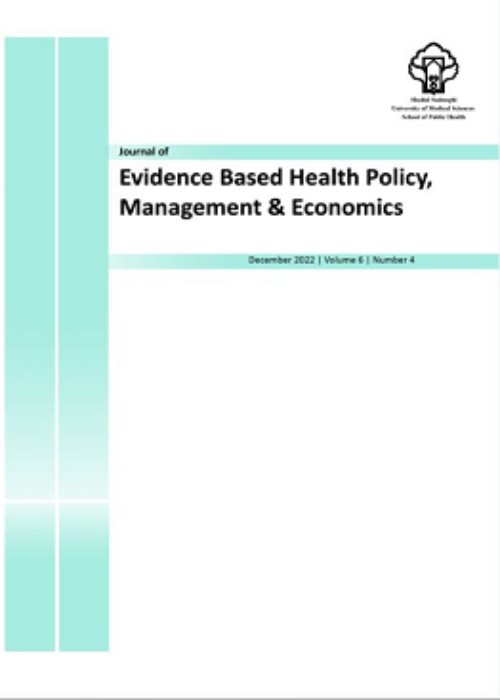Spatial Accessibility to Primary Healthcare Facilities in Iran: A GIS-Based Approach
Primary healthcare facilities are essential to provide healthcare to individuals and the society closer to home. Fast, timely, and affordable access to these centers is important in each society. This is especially crucial to prevent and control the epidemics of non-communicable diseases that are highly affecting populations in urban settings. This study aimed to assess spatial accessibility to primary healthcare facilities in Yazd city (Iran), using a Geographic Information System (GIS).
In this descriptive-analytical study, which was conducted cross-sectionally in 2022, locational information related to primary healthcare centers, population distribution, and urban zoning of Yazd city were collected and recorded in Excel format. Then, distribution maps of each of the studied uses were determined. Then, the existing indicators and standards regarding the uses were determined through documentary studies, and a geographic database was formed through the GIS software collection. Data were analyzed using indicators and models such as hot spot analysis, Thiessen's polygons algorithm, access model based on the two-step floating catchment area, and the average distance model of the nearest neighbor.
The results indicated that the comprehensive health centers in Yazd city are located next to each other with a scattered distribution pattern, and are away from each other by an average distance of 1131 meters. Also, the distance of urban health posts from each other is 1045 meters on average, and are randomly located next to each other. The main concentration of the distribution of primary health care facilities is observed in the central and traditional regions of the city, which, according to the hot spot analysis, are among the cold and low population density spots. In addition, the access score of the regions indicates that the distribution of these facilities is not according to the population density, and the highest functional pressure of comprehensive health centers as well as urbun health posts is observed in the regions where there is the least access to these facilities.
There is a disparity between the distribution of primary healthcare facilities and population density in Yazd city, Iran. This study provides significant evidence to local health policymakers and urban planners to design more efficient actions related to equal development of health infrastructure by using the GIS.
- حق عضویت دریافتی صرف حمایت از نشریات عضو و نگهداری، تکمیل و توسعه مگیران میشود.
- پرداخت حق اشتراک و دانلود مقالات اجازه بازنشر آن در سایر رسانههای چاپی و دیجیتال را به کاربر نمیدهد.



